Tortoises are lovely creatures of the wild. Some people have domesticated and kept them as pets;…
Cooter Turtle
Peninsula River Cooter Turtles Care Guide
Do you love turtles? They can be the most gorgeous and gentle pets. In particular, Cooter turtles have all the looks and personalities most people would go for in a pet. You may find them to be among the largest pond turtles you will come across and cohabitate peacefully with their kind.
Turtles live in a variety of environments and can be found in different locations around the globe. Cooter turtles feed on most plant and animal matter, making them omnivores. While some are strictly so, nevertheless, you may find other breeds to be herbivores and love only plant matter.
Other cooters will enjoy both plants and animal matter but have a preference for the former. There are thus different cooter turtles that you will come across. Identifying them and understanding their environments is critical for anyone who would like to keep them as pets.
You may also want to consider their sizes since that will determine how much space you need. While all cooters generally require sufficient room, some of them can grow so large to have a more spacious preference. So, which are these cooters you should know?
River cooters are mostly herbivores and, as their name suggests, prefer rivers for their environments. They may not be the biggest fans of animal matter. On the other hand, red-bellied cooters are purely omnivores and will always enjoy both plant and animal matter.
As their name suggests, their bellies are red. Pond cooters live mostly in ponds. They are large and are omnivores but would prefer plant over animal matter. Some of the turtles that you can classify under the three categories are as follows:
River Cooters
These turtles exist in varying adult sizes, with the female growing to up to 11 inches and the male, 9 inches. You will find that males have flatter shells than females, and their lifespan is 40 years. Despite their already-large sizes, these cooters can grow further to up to 17 inches.
You may love how they look, following that their flattened and elongated shells have markings in yellow, black, or brown. These turtles are also kept by many as pets. However, you will need an enclosure or pond large enough for their swimming and comfort due to their sizes. You can find it in the central and eastern United States.
Alabama red-bellied cooter
This is one of the largest turtle species you will probably come across. Like river cooters, the males and females have varying sizes. Its adult male measures 12 inches, and the adult female is 12 inches. It can also live for as long as 20 years but can make it to only 15.
You may love how its shell looks, following that it exists in dark, black, brown, and even greenish colors. To the side, they have vertical patterns of red, yellow, and orange. You will note its yellow or pale red underside, with dark makings, which fade as the turtle grows.
Therefore, it is sad that you cannot have this species as pets since it is an endangered species. Nevertheless, you can find it in the Mobile-Tensaw River Delta.
Florida red-bellied cooter
Another common turtle that is mostly kept as a pet is this red-bellied species. Its large size will need space; the male can grow up to ten inches, and the female grows up to 12 inches; both, however, can still develop a lot more. The Florida red-bellied cooter can live for as long as 30 years and feeds mostly on plant matter—it is herbivorous.
You may love this turtle for its personality, which is often gentle and peaceful. Therefore, it co-habitats well with other turtles, and unlike aggressive ones, the Florida red-bellied cooter will not give you a hard time. It also looks lovely, with its broad, reddish stripes on the shell, as the name suggests.
Due to the large size, it would be good to get them a large pond, tank, or outdoor pool for their ultimate comfort and freedom. Should you find a tank possible, then one of 100 gallons will do. You can find this turtle in Florida and southern Georgia.
Texas river cooter
This cooter turtle can grow to an adult size of up to 12 inches. It lives between 30 and 40 years, and its average size ranges between 7 and 10 inches. You will find one near Texas creeks, lakes and as the name suggests, rivers.
Like most cooters, you may love how this species looks, with its dark green shell. The shell has patterns, which will fade as the turtle grows. It is easy to confuse this cooter with a red-eared slider. The latter, however, has red patches on either or both sides of its head.
Peninsula cooter
Another turtle that you should know about is the Peninsula cooter. Its adult can grow to up to 10-15 inches. It also lives for as long as 30 years and resembles the Florida red-bellied cooter. However, you can tell them apart in that the Peninsula does not have a red belly like the latter.
This is another kind that most people love to keep as pets. You will, however, require space large enough for its comfort. Where do you acquire one? Most turtle breeders would be a good first call. You can find this turtle in Florida.
Rio Grande cooter
This is an averagely-sized turtle that can grow to 9.5 inches and live between 15 to 30 years. You will find it in the Rio Grande drainage of Texas and Mexico. Its underside is olive and has blotches that alternate in black and yellow.
It also has an olive shell that can be brown. Its tail, limbs, and neck regions have yellow stripes. Some people like to keep this cooter as a pet, but not many go for it, compared to other species that we have and will look at. Where can you get one? Turtle breeders are a good first call.
Northern red-bellied cooter
Like most large turtles, this cooter grows to between 10 and 12.5 inches. Other names that it is known by are the northern red-bellied turtle and American red-bellied turtle. You can find it in not only Massachusetts but also North Carolina and New Jersey.
It shares similar physical features and appearances with most other cooters. You should, therefore, expect its shell to be olive, with vertical marks in red. You may also find that its underside is red, and thus to differentiate it from a red-bellied cooter, you will need to be versed with geographical ranges.
Consider the following:
Habitat
Comfort is one of the crucial factors you should have in mind when thinking of getting a turtle. They will need plenty of room due to their growth rates; some can grow to be very large, making a 20 to 30 gallon-tank insufficient room. Maintenance becomes complicated when they cannot live freely.
With capacity, therefore, I would recommend that you get a 100-gallon tank for one adult cooter. Some people may find one difficult to acquire; if, therefore, you have a watering tank for cattle, then you can improvise it for use as your cooter’s habitat.
Before they grow to their maximum sizes, however, you will need space that is just enough. Some cooters may also not grow to be so large and will thus be okay and comfortable in limited spaces. Therefore, when thinking about size, you may want to consider the cooter species you have or are intending to get.
Why do they need plenty of space? These turtles need to not only swim but also get a good bask. Without enough time in the sun, their shells can rot over time. A spacious platform would be ideal and provide the room.
A filter is necessary for a healthy and more comfortable environment for your turtle. A powerful and efficient filter would be one that has a higher capacity rating compared to the tank you intend to use it with.
Substrate
Substrates are not necessary for cooters. You can, nonetheless, get rocks, pebbles, or something else as large if you would like one for them. Thanks to their size and texture, pebbles and rocks are easy to clean. If, however, you are using a watering tank for cattle as your turtle’s habitat, then you a substrate may not be necessary. In this case, you should think about getting or making a good basking platform.
Temperature
Cooters live on consistent and favorable temperatures; having irregularities could affect their health. You may, therefore, want to get a thermometer, with which you can check and ensure that their temperatures are within the healthy range of 75- and 80-degrees Fahrenheit (23.89 to 26.67 degrees Celsius).
Maintaining the right temperature may not be easy, depending on the room temperature. You can make adjustments to the basking platform, regulating the amount of light that gets to it and its distance. You can also use a water heater to up the water temperature.
Lighting
While basking provides cooters with the sunlight they need, you will find UVA lighting important to their health since it promotes Vitamin D3 synthesis. You may not face challenges finding a good full spectrum light with a lamp holder.
Feeding
We have roughly noted that cooters are omnivores and some are herbivores while others, omnivores with a preference for plant matter. However, young cooters tend to enjoy and go for both animal and plant matter, while adults tend to enjoy and go for more plant matter.
So, what should you feed them? Younger cooters would do well with an aquatic diet. It would help if you moreover served them snails, earthworms, romaine lettuce, tadpoles, crayfish, and even insects. On the other hand, adults would prefer chow, lettuce (save for iceberg lettuce), anacharis, water lettuce, and other dark greens or aquatic plants that are not toxic.
Temperament & Handling
Most people love captive-bred cooters for their gentle nature and curiosity. Once they feel comfortable and familiar with their surroundings, they become free. You may find them peaceful in cohabitation and live well with other turtles, unlike wild cooters, which can get aggressive. They are also shy.
Lifespan
It is always sad that you cannot have your pet(s) for as long as you want to; nature has its way. Cooters, therefore, do not live for long as compared to softshell turtles. However, they live long enough, with a lifespan of between 25 and 30 years for most. With proper care and maintenance, this can go up to 45 years.
Health concerns
Vitamin A deficiency. Your turtle’s diet is critical—watch that it is balanced. Signs you may with this deficiency are respiratory challenges, swelling of the eyelids, and lethargy. When feeding them aquatic plants, ensure that it is healthy and not toxic. It is also good to keep off iceberg lettuce.
Shell problems. Your turtle may experience a shell rot or infection, a shell fracture, or contract a metabolic bone disease (MBD). Moreover, lack of calcium or Vitamin D can cause MBD. When they do not bask enough, turtles can get shell indentation. A spacious, basking platform is helpful.
Injuries such as lacerations. Most turtles can suffer cuts, depending on the safety of their environment. Ensure that they move about and live in a safe area without sharp objects or edges.
Pricing and Availability
Many homes today love having cooters as pets. They live in ponds, creeks, rivers, and lakes. You should find acquiring them to be easy; they cost around $50. Despite their large sizes, which will require a spacious tank or enclosure, these turtles as easy to maintain.
However, as we have noted, the care they require is critical to their good health and proper growth and development. Avoid illnesses by ensuring they get enough light, freedom, and live in a safe environment. Keep an eye on their feeding, temperature, and comfort.
Bottom Line
We have discussed some of the cooter turtles you may come across and looked into some information about them. I hope you find this article helpful.
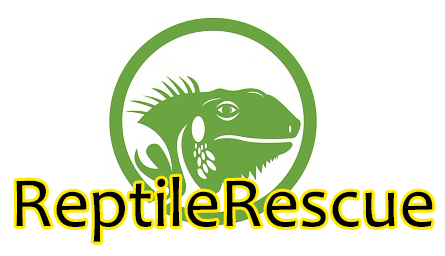
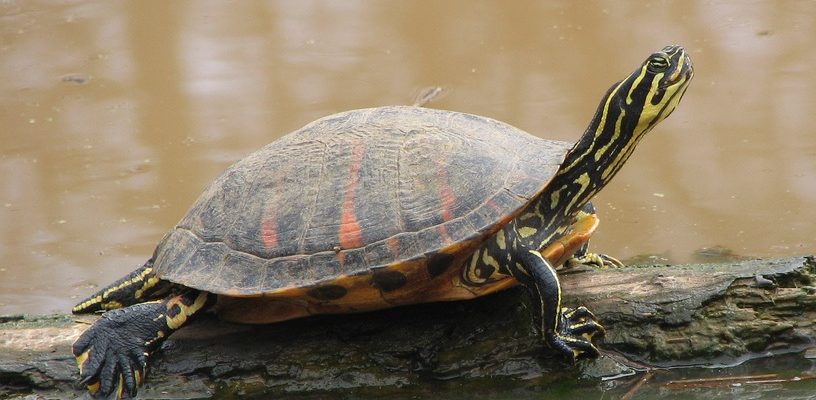
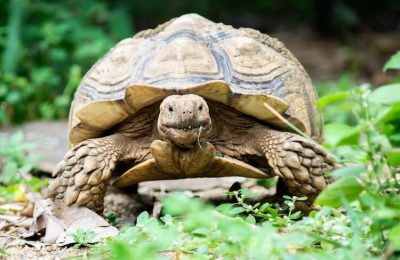
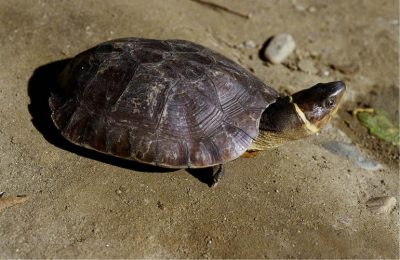
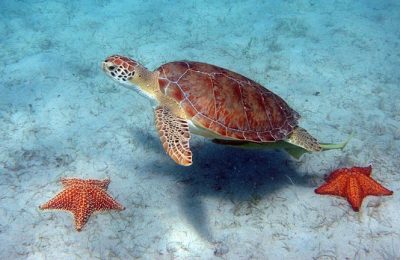
This Post Has 0 Comments